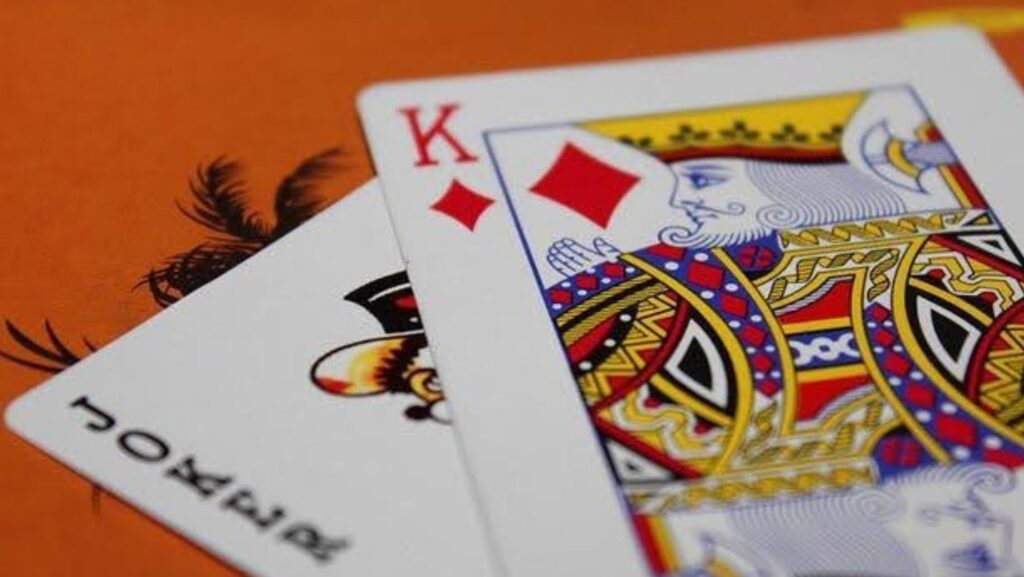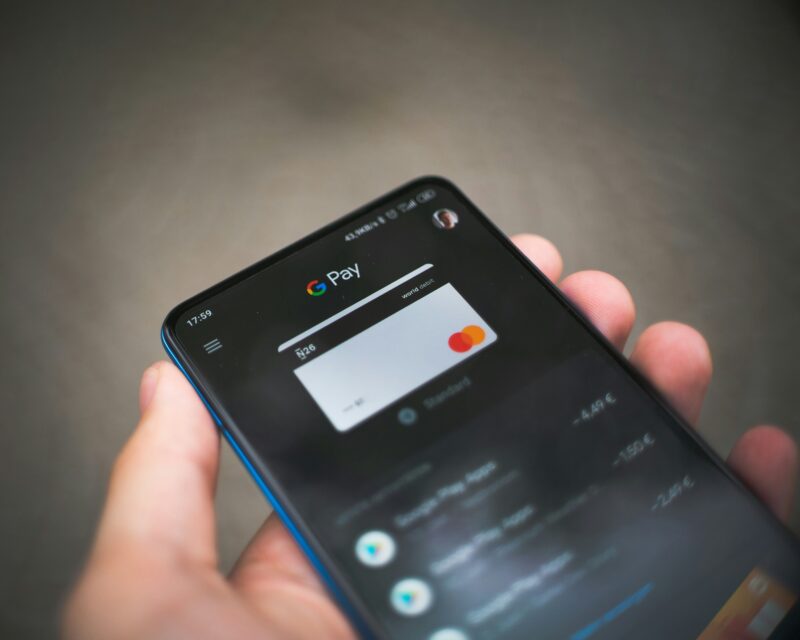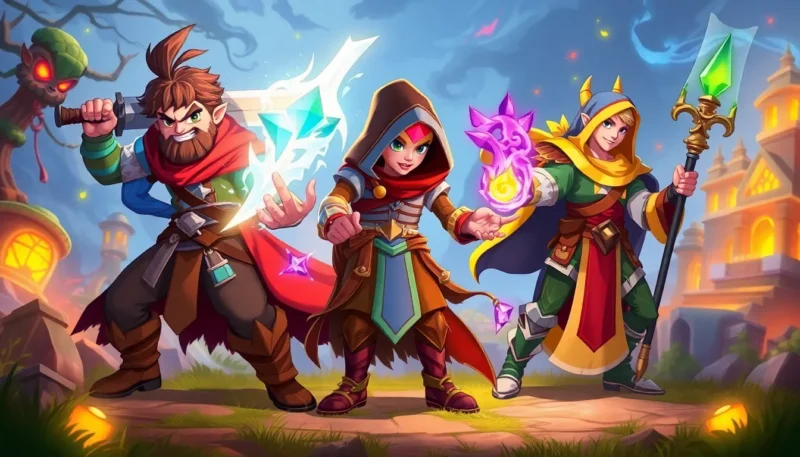
Funny how poker, once stuck behind clouds of cigarette smoke or locked up on heavy desktop machines, now just kind of… lives in your pocket. Not long ago, taking your seat meant chips, cards, maybe even a tuxedo in some dark wood-paneled room. Fast-forward: phones and tablets quietly slipped the experience into, well, daily life. Some say mobile versions of the game capture almost as much buzz and adrenaline as the “real” tables—maybe that’s a bit of hype, but there’s clearly a rush that people keep chasing.
According to Statista, by 2023 around 63% of all iGaming was happening on mobile—hard to ignore that. Suddenly, all you really need is a signal, maybe some headphones, and a minute to kill. Updates to apps just keep coming: new menus, snappier controls, tighter security. These upgrades, merging with our all-day attachment to gadgets, seem to keep poker fresh—and maybe even draw in people who couldn’t care less about the old-school scene. Some are just dabbling, others play hard, but the mix keeps growing.
The Mobile Revolution in Online Poker
There’s a sense that mobile tech has more or less turned online poker on its head. Numbers in 2023—if you buy them—report over 60% of gaming revenue now comes from phones and tablets instead of desktops (Yogonet, 2024 makes that claim). Easy access allows users to join poker games and other online tournaments during commutes, breaks at work, or even short waiting periods. More and more, it seems, people go for the app route. Could be the swiping, instant updates, or just that feeling that you’re not really missing out—everything happens wherever you are.
And it isn’t just convenience—at least, that’s not the only reason. Mobile poker apps seem to have cracked open the doors for players who might have bailed at the thought of stepping into a casino. Low buy-ins? Sure. In-game chat for beginners? Also common. That stuff matters, especially if you’re just testing the waters. From what PokerDiscover published, it appears most new sign-ups during 2023 were using phones rather than laptops. So, yeah, the way people experience poker is clearly morphing.
Leading Mobile Poker Platforms
Mobile poker companies toss plenty of resources into polish and (supposedly) security. Top poker apps — or the ones people tend to name first — talk a lot about easy navigation, fast load screens, sharp graphics. By 2025, some platforms even claimed new players get up to a significant deposit bonus, plus regular cashback (source: Cryptonomist, 2025). These apps now roll together Hold’em, Omaha, Stud and the rest, all in a single, slightly dizzying dashboard.
On the security side, better payment encryption is mostly expected—if not, people walk. Players these days seem to want (and maybe need) same-day cashouts, or maybe transfers straight to their e-wallet. That’s supposedly industry standard now, and if a site lags, players notice. Tourneys seem to run 24/7, though good luck to anyone who’s tracked the full circuit. Apps throw in social stuff—chatrooms, Discord, group messages—intended to make things less anonymous, more connected. Depending who you ask, this whole mashup is either a little overwhelming, or oddly energizing.
Technological Advancements and New Poker Experiences
So, tech moves fast and poker apps, well, try to keep up. Suddenly, with 5G and beefier hardware, there’s almost no lag. It’s like sitting at an actual table—at least, that’s what the marketing folks want you to believe. The rise of live dealer tables, piped into your screen in HD, adds something closer to a real club vibe. In 2024, reports claimed user engagement jumped by 22% when these livestreams went live—though whether that’s permanent or just another novelty spike, who knows.

Beyond Hold’em, you’ve got on-demand Omaha or Stud, and yes, most buy-ins feel soft on the wallet now. Last-minute entry? Pretty standard. Click a button, you’re in—and if you aren’t, you probably just missed the window. Analytics tools have filtered down from the pros. Now even casual players can see hand histories and “mistakes,” for better or worse. And for new folks? In-app lessons and reminders supposedly shorten the learning curve, keeping people around longer than they might have been willing to hang on before.
Changing Player Behavior and Increasing Accessibility
Poker on mobile—it’s changed not just where, but how people take part. A living room, a crowded subway, waiting on noodles? No such thing as a “wrong” place. Apparently, the old casino nerves melt away when you can play in your pajamas. Not everyone’s aiming to score big. According to one 2024 survey, about 58% are described as “casual” users—they mainly play for fun, not cash. People might squeeze a game into a commercial break, or between messages.
Interestingly, the social elements don’t seem to be fading, even with more competition. Apps plug users into Discord, group chats, random pop-up advice streams—some watch YouTube tutorials, others trade tips. Loyalty comes from that sense of being part of a crowd, maybe. With so many game types around now—instant-match cash tables, sit-and-go, marathon tournaments—there’s arguably something for everyone, or at least, more than before.
Ensuring Responsible Play in the Mobile Era
Everywhere you turn, platforms make a show of responsible play—on paper, at least. Apps nudge players about time spent, track spending, even block transactions if things start looking risky. Legit operators toss in ID checks and round-the-clock chat support, though some people slip through the cracks. Most major apps signal mental health and gambling support tools pretty clearly, aiming for transparency.
The industry’s focus on this, apparently, is to walk the line between keeping things lively and keeping people safe. Technology’s given poker a huge boost, but organizations know—sometimes too well—that without guardrails, it can all go sideways. Still, it’s tricky. The fun, the caution—it all has to balance somehow.










